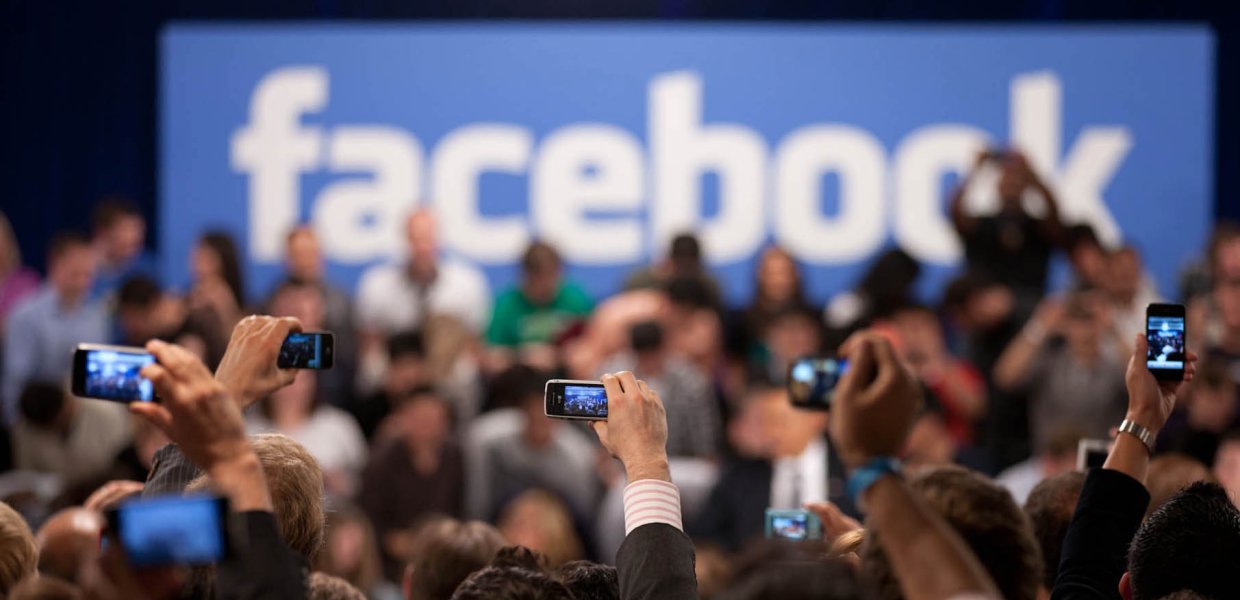In the beginning
When Facebook launched in 2004 it quickly became the go-to destination for people to connect with their friends (even if they had yet to meet them in person). Armed with a college email address or a highly sought after invite, it wasn’t long before most of the people you knew had a Facebook profile. Three years later, brands were invited to the party with the launch of Facebook Pages. For the first time, interacting with consumers was as simple as replying to a comment. Brands flocked to the platform, threw the work at their interns, and hoped for the best.
The first renaissance
Within a few years, brands realized the opportunity on Facebook was too big to be an afterthought and a new industry was born. Real budget was allocated for social and more sophisticated strategies for Facebook followed. Brands went to great lengths to ensure their profile pictures, cover photos and general post aesthetics perfectly represented the values, hopes and dreams of their target audiences. And guess what? It worked. The investment resulted in substantial followings on the platform. Many brands found themselves with free access to millions of followers and it finally felt like all that hard work paid off. But then, everything changed.
The big changes
With over 2 billion monthly active users and nearly 5 billion pieces of content shared daily, Facebook has become an extremely crowded platform. With so much content competing for the same eyeballs, Facebook made a decision to curate the posts it serves to users in its News Feed. The resulting algorithm change dramatically favors posts from family and friends, severely reducing brand pages’ organic reach on the platform. A 2017 report from Hubspot claims that a brand’s average post will organically reach less than 1 percent of the audience they worked so hard to build. AdAge has even gone as far as to report that brands “should assume a day will come where the organic reach is zero.”
Along with algorithmic changes, Facebook has been very vocal about the increased priority the platform will continue to place on video. In a 2017 earnings call, Zuckerberg stated that “over the next few years, the much bigger driver of the business and determinant of how we do is going to be video.” This sentiment, along with Facebook’s recent investment in original shows from top Hollywood studios, makes it clear that it won’t be long until brand posts are fighting for the same real estate as premium content similar in quality to what was once only found on television.
The new reality
Does that mean brands should stop investing in Facebook? Absolutely not. Facebook is still one of the most important tools brands can leverage when communicating with the public. Brands just need to shift their expectations and tactics for the platform. Instead of viewing reach on Facebook as a free resource, brands should think of it similarly to a traditional medium like television. A brand expecting to reach everyone who has liked their page on Facebook for free is like a clothing brand expecting to get a free commercial during a hit TV show because someone in the room is wearing a pair of their jeans. It’s time to face the reality that Facebook is now a pay-to-play platform.
The good news
Thankfully, Facebook’s paid media targeting tools are some of the best in the business. Even with a modest budget, brands can use paid media to reach their desired audiences in ways that are more controlled and effective than an organic post ever could. Targeted paid reach allows brands to specify exactly the type of person they want to see their post. The specifications can include demographics, geographies, interests and even behavior. On top of that, a paid post will extend beyond just those who like a brand’s page to also include relevant audiences anywhere on Facebook.
Bottom line: The addition of paid media budget and resources should be a top priority for any brand serious about reaching their audience on Facebook.
To download a full copy of the Relevance Report, click here.









